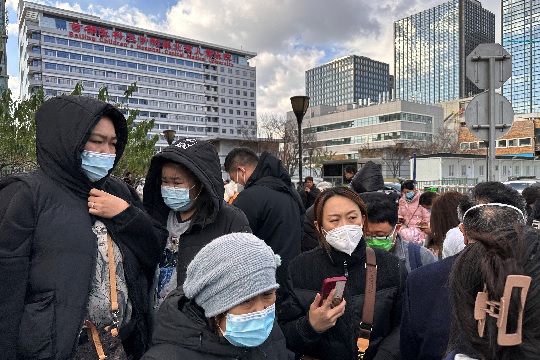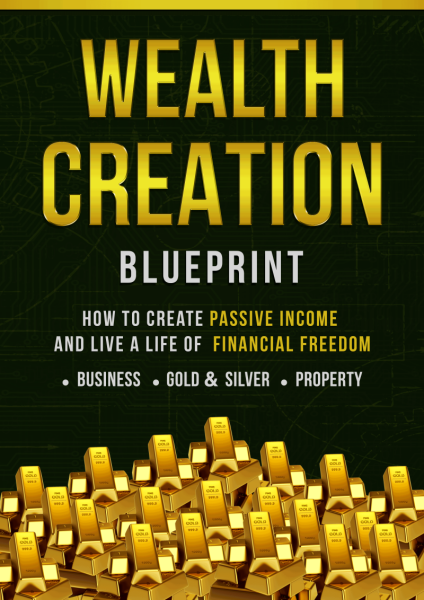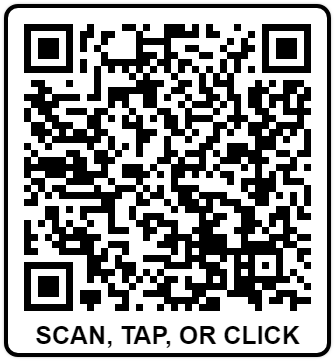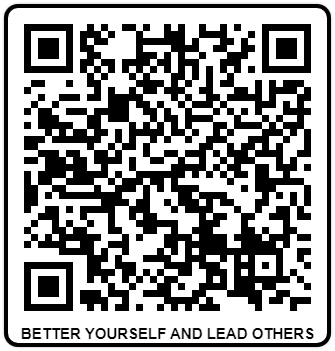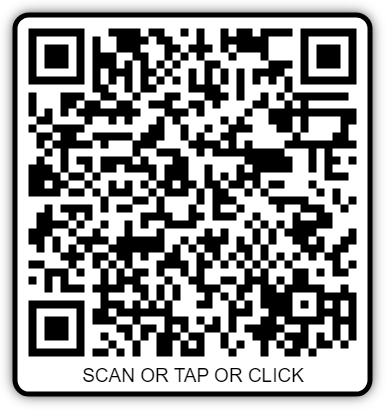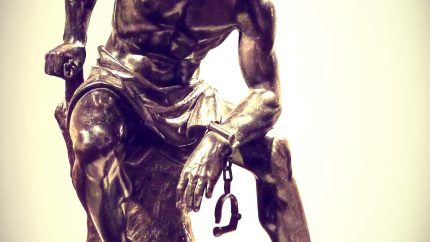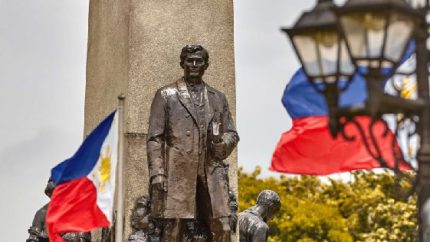
1879: Edison’s Brilliant Display
On December 31, 1879, Thomas Edison offered the world a glimpse of the future by publicly demonstrating his electric incandescent lights. Over 100 bulbs illuminated the area surrounding his laboratory in Menlo Park, New Jersey. This groundbreaking event marked a pivotal moment in the history of technology and daily life. Edison’s invention promised to replace the dim and dangerous gas lamps of the era, revolutionizing homes, streets, and industries. His demonstration was not merely a show of innovation but a promise of a brighter, safer, and more efficient world. Within a few years, electric lighting would spread globally, heralding the dawn of the modern electric age.
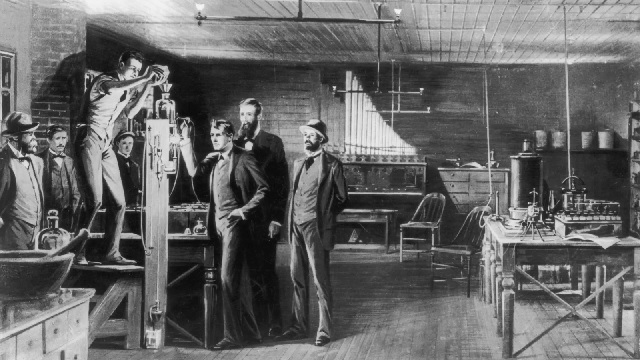
1904: Times Square’s First New Year’s Celebration
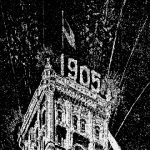
The crossroads of the world, Times Square, hosted its first-ever New Year’s Eve celebration on December 31, 1904. An estimated 200,000 revelers gathered to welcome the new year with fireworks and festivities. This event was organized to mark the official renaming of the area from Longacre Square to Times Square, reflecting its connection to The New York Times newspaper. This initial celebration laid the foundation for the annual New Year’s Eve tradition, which has since evolved into a globally televised spectacle, featuring the iconic ball drop and drawing millions of participants and viewers each year.
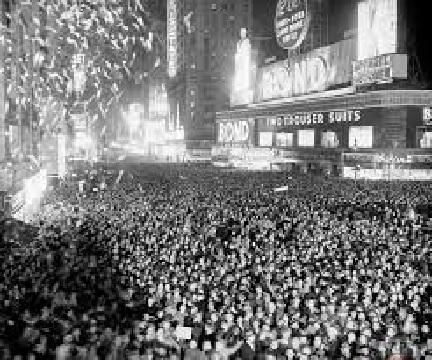
1999: Russia’s Leadership Transition
On the last day of the 20th century, December 31, 1999, Russian President Boris Yeltsin made a historic announcement by resigning from his position. In a surprise move, Yeltsin appointed Prime Minister Vladimir Putin as acting president, setting the stage for a new era in Russian politics. Yeltsin’s resignation was significant not only for its timing but also for its implications. Putin, relatively unknown on the global stage at the time, would go on to shape Russia’s domestic and international policies for decades. This leadership transition marked a turning point in the nation’s post-Soviet history, influencing its trajectory into the 21st century.
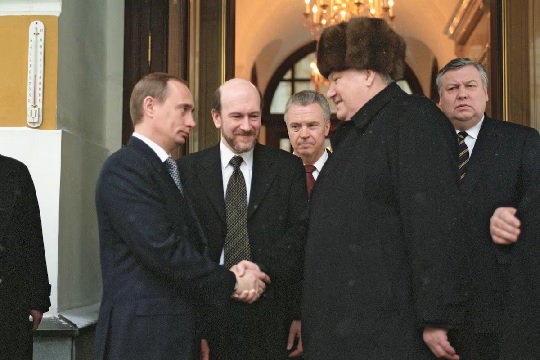
2019: The Emergence of COVID-19
December 31, 2019, was the day the world first learned of a mysterious respiratory illness in Wuhan, China. The city’s health commission announced an investigation into an outbreak that had affected 27 people, many of whom were linked to a seafood market. This illness, initially described as a strain of viral pneumonia, would soon be identified as COVID-19, a novel coronavirus that would trigger a global pandemic. Within months, the virus spread to every corner of the globe, profoundly impacting public health, economies, and daily life. The events of this day marked the quiet beginning of one of the most significant crises of the 21st century
